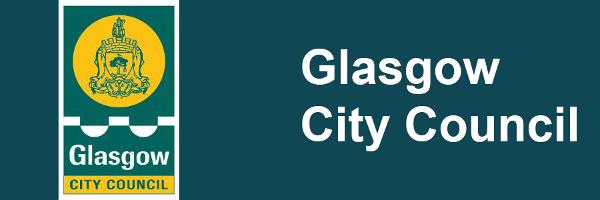Victoria Park
Victoria Park (20 hectares/50 acres) was originally acquired by the Burgh of Partick. The park was named for Queen Victoria's golden jubilee in 1887 and is considered to be Glasgow's prettiest park. The park boasts an extensive range of formal floral displays and hollies.
Where is it?
What can I do there?
The park has a wide variety of facilities to suit all age groups.
- Orienteering course.
- Model yachting pond.
- Children's play areas.
- Bowling greens.
- Tennis courts.
- The park is a popular location for wedding photographs.
- Public toilets:
- At the West of the Boating Pond.
- Bowling Pavilion.
When is it open?
Victoria Park is open at all times. However specific facilities may be subject to opening times.
History
The park was formally opened by the Lord Provost of Glasgow Sir Andrew McLean on the 2nd July 1887. The area near the Fossil Grove is one of the finest rock gardens in Europe. While many of the plants are not strictly of the rock garden variety, the area is hauntingly beautiful in summer.
- The arboretum was originally designed as an educational facility
- In the early 1960's a sizeable area of the park was sacrificed to make way for the approach roads to the Clyde Tunnel and Expressway.
- A winding trail leading to the Mound was built in the 1960's to compensate for areas of the park lost to road development.
Outstanding Features
- The memorial honouring local residents who died in the two world wars is a major feature of the park.
- The pond has two small islands, the larger of which is connected on both sides by rustic iron bridges. • Curiously, there are two curling rinks in the park both beside the arboretum.
- The restored four-dial miniature lamp post Clock Tower, donated by Gordon Oswald in 1888.
- Four plaques on the base bear the following inscriptions denoting:
- Partick Burgh coat of arms
- Artistic floral details
- 'Now is the day of Salvation'
- 'Victoria reigns 1887'
- Four plaques on the base bear the following inscriptions denoting:
- The Jubilee Gates situated at the Victoria Park Drive North entrance were erected and funded by the 'Ladies of Partick' in 1887.
- manufactured by Macfarlane's Saracen foundry at a cost of £100, they bear Partick Burgh coat of arms
- as a result of the works to the Clyde Tunnel approach roads, the gates were moved from their original location at Balshagray Avenue
- the gates were restored in their centenary year - 1987
- The Fossil Grove - During the construction of Victoria Park in the late 19th century, when a pilot channel for the road was cut through a large area of rock, the builders discovered beautifully preserved fossil tree trunks. The route for the road was diverted and the sand and shale further excavated to reveal many more fossils.
Related Content
Related Links




